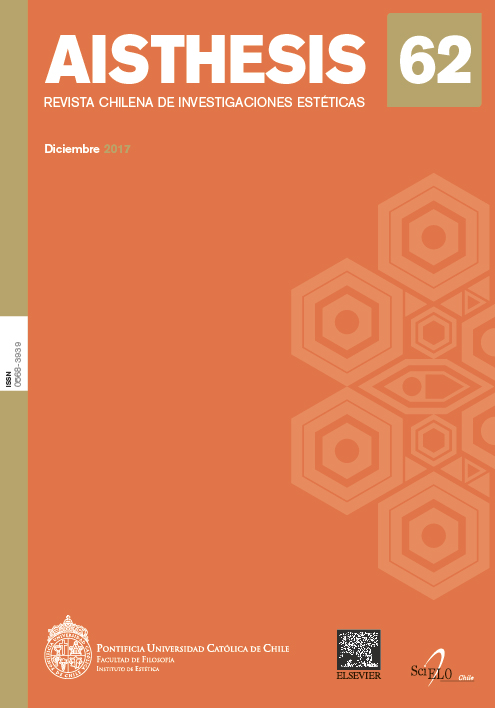A Deleuzean Aesthetics: Genesis, Figure and Modulation
Main Article Content
Abstract
The article explores the construction of an aesthetics in the philosophy of Gilles Deleuze beyond the period of his work where art (music, painting and cinema) obtains direct attention. According to Deleuze, aesthetics is not simply a disciplinary zone of philosophy, but is derived from a series of formulations developed from his earliest works until Différence et répétition and Logique du sens. During the sixties, concepts such as genesis, sign or forces, among others, stand out in his work to serve a rereading of empiricism –“transcendental empiricism”– which he understood as an aesthetics. Deleuze resumes the metaphysical imprint of these problems in the eighties to address artistic issues.
Downloads
Article Details

This work is licensed under a Creative Commons Attribution-NonCommercial-ShareAlike 4.0 International License.
All contents of this electronic edition are distributed under the Creative Commons license of "Attribución-shareAlike 4.0 Internacional" (CC-BY-SA). Any total or partial reproduction of the material must mention its origin.
The rights of academic works published in this publication belong to their authors., who grant to AISTHESIS: Revista Chilena de Investigaciones Estéticas the license for its use. The management of the permits and the authorization of the publication of the images (or of any material) that contains copyright and its consequent rights of reproduction in this publication is the sole responsibility of the authors of the articles
